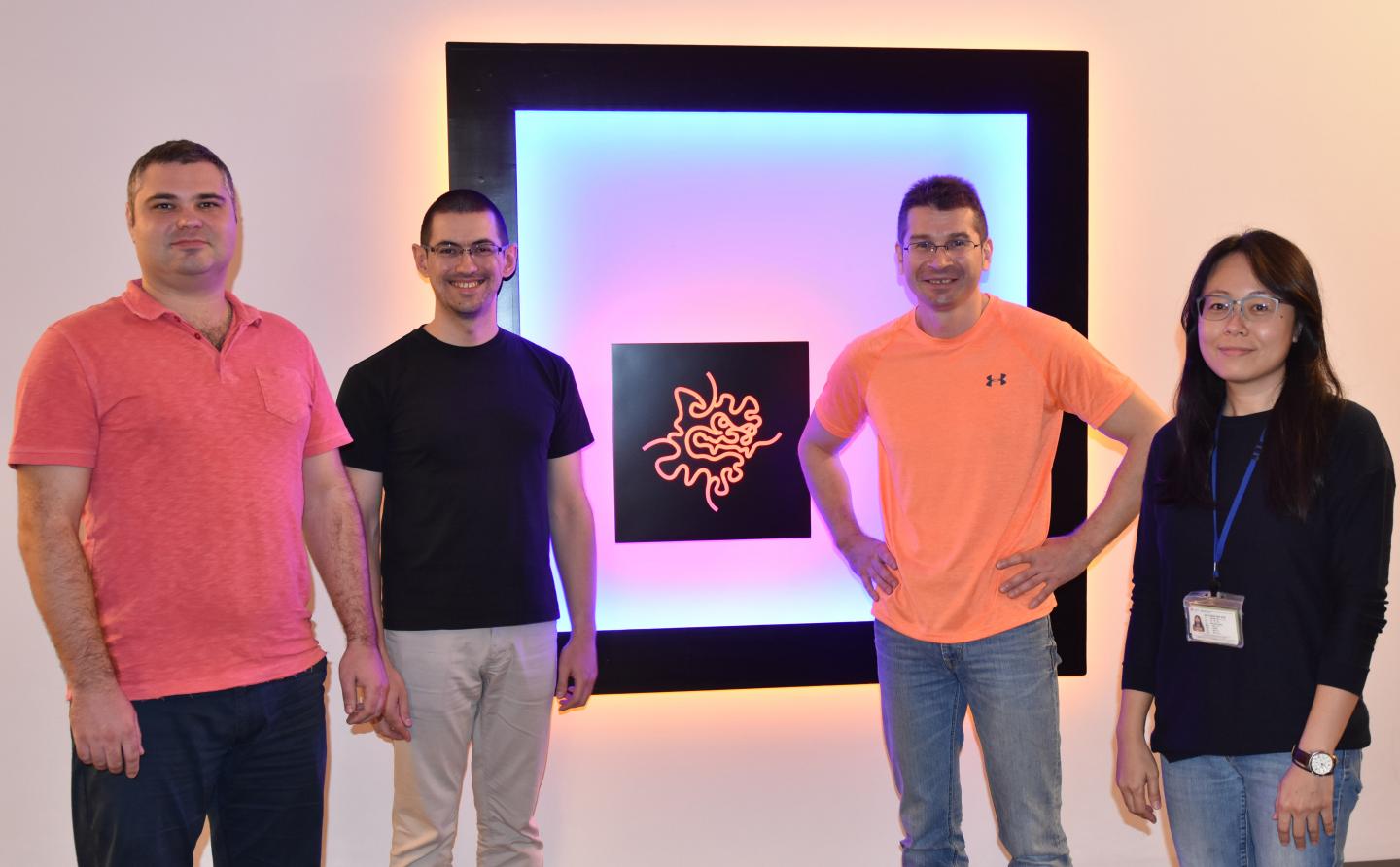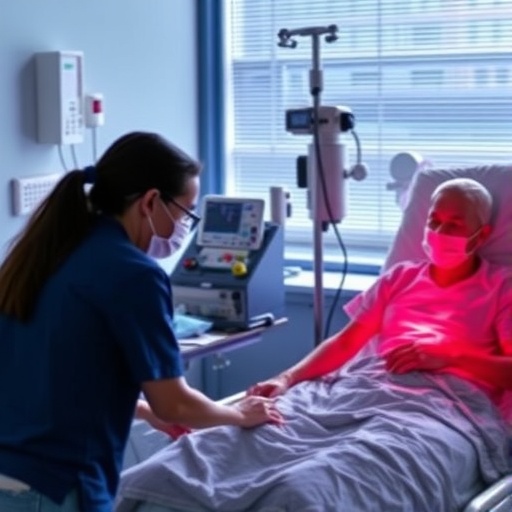
Credit: Sarah Wong
The future of quantum computing is a hot topic not only for experts but also in many commercial and governmental agencies. Rather than processing and storing information as bits in transistors or memories, which limit information to the binary '1' or '0', quantum computers would instead use quantum systems, such as atoms, ions, or electrons, as 'qubits' to process and store "quantum information" in, which can be in an infinite number of combinations of '1 and 0'. Large technology corporations, such as Google, Microsoft, Intel, and IBM are investing heavily in related projects that may lead to realize the quantum computer and technologies. At the same time, universities and research institutes around the world are researching novel quantum systems, adoptable for quantum computing. The Quantum Dynamics Unit at the Okinawa Institute of Science and Technology Graduate University (OIST), has recently made novel findings about electrons floating on the surface of liquid helium, a quantum system which may be a new candidate for quantum computing into reality. These results were published in Physical Review B.
One of the common problems in quantum computing research using solids is that it is very difficult to make perfectly identical qubits because intrinsic defects or impurities in the materials used randomly affect each individual qubit performance. "Our motivation for pursuing a liquid helium system is that it is intrinsically pure and free of defects, which theoretically allows for the creation of perfectly identical qubits. Additionally, we can move electrons in this liquid helium system, which is difficult or nearly impossible in other quantum systems," explained Prof. Denis Konstantinov, head of the Quantum Dynamics Unit. Therefore, it is believed that adopting this system for quantum computing might bring the whole field to the next level.
Utilizing electrons on a liquid helium surface for quantum computing requires isolating individual electrons on a helium surface and controlling their quantum degrees of freedom, either motional or spin. It may also require the movement of electrons to different locations, thus it is also important to understand the physics of the interaction between electrons and the helium surface. It was previously discovered that electrons on helium can form a two-dimensional crystal, and some unique phenomena occur when this crystal moves along the helium surface, due to the interaction between electrons and surface waves. The OIST scientists, however, are the first to probe how these phenomena depend on the size of the electron crystal. To test this, Dr. Alexander Badrutdinov, Dr. Oleksandr Smorodin and OIST PhD student Jui-Yin Lin, built a microscopic channel device that contained an electron trap within to isolate a crystal of a relatively small number of electrons. This crystal would then be moved across the liquid helium surface by altering electrostatic potential of one of the device electrodes. This motion would be detected by measuring image charges, which are induced by the moving electrons, flowing through another electrode using a commercially available current amplifier and lock-in detector. "This research gave us some insights into the physics of the interaction between electrons and the helium surface, as well as expanded our micro-engineering capabilities" states Dr. Alexander Badrutdinov, a former member of the Quantum Dynamics Unit and the first author of the paper. "We successfully adopted a technology to confine electrons into microscopic devices, on the scale of few microns. With this technology we studied the motion of microscopic two-dimensional electron crystals along a liquid helium surface and saw no difference between the movement of large electron crystals, on the scale of millions to billions of electrons, and crystals as small as a few thousands of electrons, when theoretically, differences should exist".
This research is the first step at OIST in the prospect of using this system for quantum computing. According to Konstantinov, "the next step in this research is to isolate an even smaller electron crystal, and ultimately, a single electron, and to move them in this system. Unlike other systems, this system has the potential to be a pure, scalable system with mobile qubits." In theory, this type of system would have the potential to revolutionize the quantum computing research field.
###
Media Contact
Kaoru Natori
[email protected]
@oistedu
http://www.oist.jp/
############
Story Source: Materials provided by Scienmag





